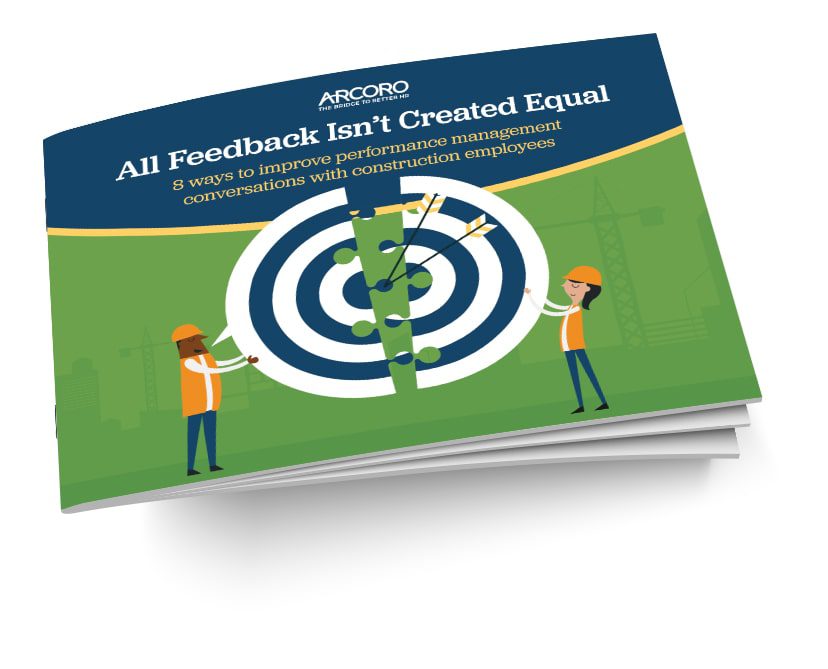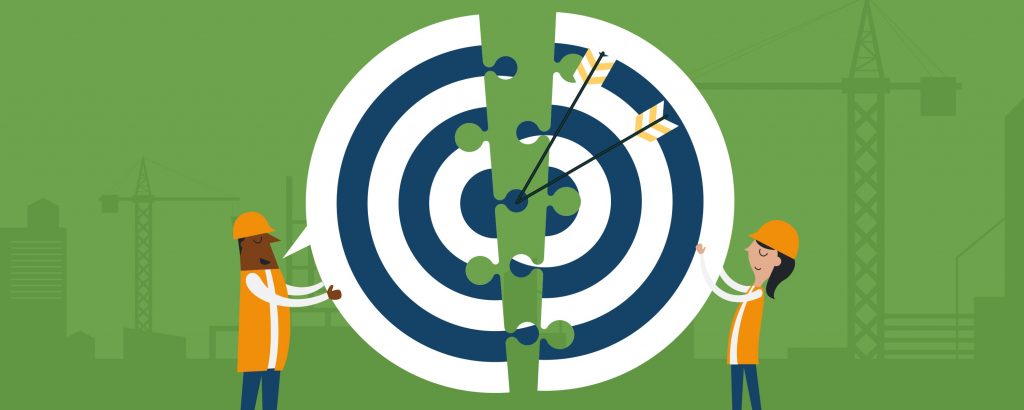Feedback is integral to employee performance management but learning how to manage employee performance effectively can be a challenge. Employee reviews are only effective when there is a two-way conversation between supervisors and workers. Conversations with employees about how they’re doing and how they can improve keep them engaged.
According to Workhuman, 85% of employees who have weekly check-ins with their manager report high engagement. Just 2% of employees who have weekly check-ins indicate they are disengaged.
But all feedback isn’t equal. When you need to manage employee performance, frequent feedback is almost always more effective than feedback provided once a year with a typical annual review.
Along with other tactics, employee performance management software can help facilitate conversations between employees and managers. Here are three ways to structure feedback to manage employee performance.
Make Feedback a Regular Occurrence
The goal of performance management is to make sure your employees are performing at their best and to stay on top of any issues that might arise. You can’t manage employee performance with one conversation a year.
During the pandemic, Gallup found that 45% of employees say they’ve gotten feedback from their manager either daily or a few times per week. But 28% of employees report that feedback is not frequent enough to help them understand how to improve.
Providing feedback multiple times a week can be a challenge for those in the construction industry. For example, on a busy job site, it might not be feasible to do the weekly one-on-ones that are common in the corporate world. However, many employees do want more feedback. Plan for at least quarterly conversations but monthly is better.
One advantage to regular check-ins in the construction industry is the ability to keep tabs on people’s state of mind. In fact, mental health issues are more prevalent in construction than in the general population, and the industry has the second-highest rate of suicide among its workers.
By checking in regularly, supervisors and crew leaders may notice changes in performance that reveal underlying mental health challenges. And this will enable them to take appropriate preventive action.
Employee performance management software can help with scheduling. Managers can set automatic notifications and reminders to meet with employees.
Make Feedback Timely
Whether good or bad, feedback should be based on recent performance, not something that happened months or even years ago.
Employee performance management that includes timely feedback is especially important in construction to ensure employees are working safely and cultivating good habits. Crew supervisors and managers should address any safety issues immediately. Repeated concerns need to be part of a formal performance appraisal which could potentially lead to termination.
On the other hand, outstanding performance, including great teamwork, a positive attitude, learning a new skill and being safety conscious, are all behaviors and attributes that should be recognized. And, it doesn’t have to be in private. Calling people out for doing something great in a team meeting can add to their sense of engagement and pride of workmanship.
Consider giving project-based reviews and feedback. Once a project is complete, have a conversation about how the employee contributed to the work, what went well, and areas for possible improvement, learning and skill-building.
Documenting this feedback in an employee performance management system helps ensure it is recorded for future reference. With employee performance management software, managers can easily review employee performance on a project-to-project basis with comprehensive feedback from a project lead’s perspective.
Make Feedback a Two-Way Conversation
Feedback should be a dialog, not a one-way street. When feedback is given regularly during employee performance management, it becomes an ongoing discussion in which you and the employee work together to set and adjust expectations and next steps.
Invite and expect input from the employee on where they may be facing challenges along with how they would like to grow. Listening is also vital. When you listen to an employee’s concerns, input and ideas you build a level of trust that’s necessary for effective feedback. As an added bonus, having a manager who listens inspires people to do their best work.
With an employee performance management system, managers have a variety of paperless options to gain feedback from employees. These include 360-degree feedback and DIY evaluation forms, rating scales, weighted sections and custom content.
When you use feedback to manage employee performance, you help create a conversation with your employees about their roles and responsibilities, ultimately positively impacting their engagement.
But feedback isn’t just about quantity, it’s about quality as well. You can meet with your employees daily but if you’re not having the right discussions, you might just be wasting your time.

Download our eBook, All Feedback Isn’t Created Equal, to learn how to structure conversations with employees to boost productivity and retention through effective feedback.




